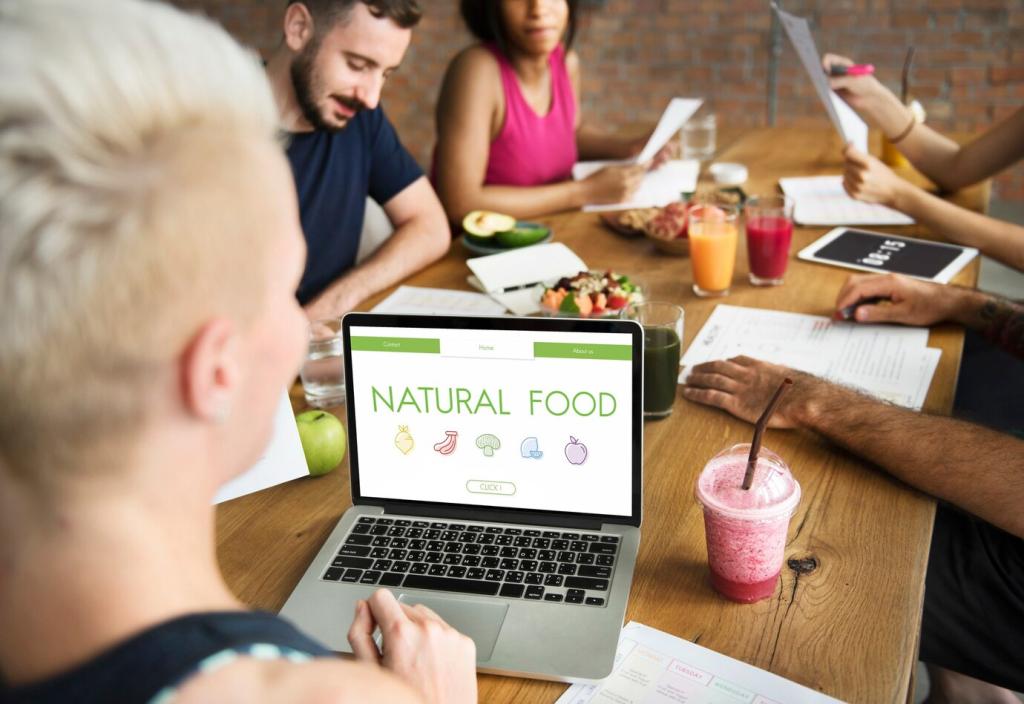Design and Visual Language for Green Content
Use earthy textures, recycled paper grain, and diverse palettes beyond saturated greens. Feature real people and real places instead of sterile stock photos. Design choices should reflect the material truth of your product’s journey, not generic nature clip art. Share examples you admire.
Design and Visual Language for Green Content
Compress media, lazy‑load images, and choose efficient typefaces to cut page weight. Test with tools like Website Carbon and Lighthouse. Offer dark mode and strong contrast for accessibility. Comment with your best performance win, and we’ll include it in a community checklist.
Design and Visual Language for Green Content
Use micro‑animations to clarify closed‑loop systems, refill routines, or repair steps. Set performance budgets so motion never bloats pages. When animation educates rather than decorates, completion rates rise. Subscribe for our downloadable storyboard worksheet tailored to sustainability explainers.
Design and Visual Language for Green Content
Lorem ipsum dolor sit amet, consectetur adipiscing elit. Ut elit tellus, luctus nec ullamcorper mattis, pulvinar dapibus leo.




